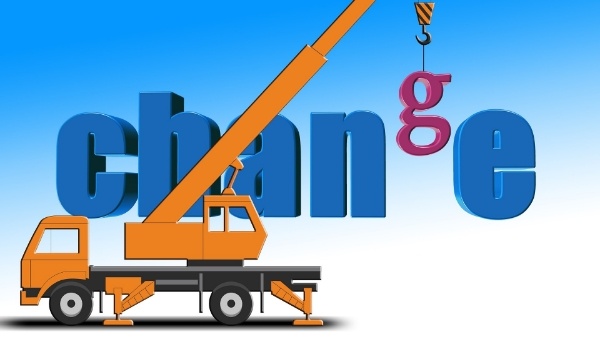
For many CIOs, the term “rip and replace” is among the most dreaded in their vocabulary. It is thought of as a last resort strategy that should only be contemplated when absolutely necessary, or following a catastrophic technology failure. In other words, a full system replacement should only occur if there is no other option available.
To be sure, such projects should not be taken lightly. They require a significant investment in resources and time, however, it is possible to mitigate the risks of disruptions to business activities, creeping costs, and falling short of the desired goals through careful planning with a “rip and replace” strategy.
Why Opt For “Rip and Replace”?
The decision to perform a complete system replacement should be driven by the business needs, more so than by IT. A big picture look at business processes and strategies for efficiency is crucial.
Perhaps the current legacy system has become unreliable, overly complex, and unable to serve the current and future requirements of the enterprise.
Some organizations have implemented several different systems over time to meet immediate needs and, because of this; these diverse systems are not compatible with each other and require additional processes to be put in place.
“Rip & Replace” vs. Migration
We like to think of the difference between gradually migrating your system versus “rip and replace” as being similar to how one might deal with an outdated electrical system in an older home. When one thinks of the number of powered appliances and devices found in the average modern home compared to those from 50 years ago, it’s clear to see that the demands placed on the system have changed drastically since the time of its initial installation.
Through the years, the electrical system has seen many repairs, additions and modifications. In it, there may be several sections of wiring that have become unreliable or dangerous, the fuse box may not offer sufficient service to meet your current or future needs, while other parts of the system may be adequate.
Adopting a migration approach would involve replacing or updating each component one at a time as needed. Each individual fix brings with it a risk of a service disruption. And since the changes are done piecemeal over a longer period, there is a greater chance of incompatibility, inconsistency, and error.
The benefit of a “rip and replace” approach is that it can be planned out, installed, and beta tested while the old system is still in use. This kind of strategic approach eliminates the need for a last-minute fix should one component fail or unexpectedly require immediate updating.
A Strategic Selection Process
If you have concluded that a “rip and replace” solution will best suit your needs, it will be necessary for you to do your due diligence on the selection of a service provider that can assist you in completing the task. Before you begin, it's imperative that you have a clear understanding of what your current needs are as well as what requirements may arise down the road. As you approach potential service providers, involve them in the process and use them as a resource as they may have valuable insights, ideas, or alternative points of view.
When comparing the proposed solutions from each of your potential providers, seek the input of all your internal and external stakeholders. Anyone who will use the system on the business side may have valuable feedback, while IT can assess how each solution measures up from an implementation, support and staffing perspective.
Finally, with all of this data, you will be in a far better position to complete a SWOT analysis on each solution in order to make a well-informed decision. It may also be beneficial to give special consideration to providers that are particularly familiar with your industry and its specific needs.
The “rip and replace” method shouldn’t always be seen as a last resort for CIOs. After assessing your business needs, it can actually be a more strategic option for your enterprise versus migration and can also eliminate an overly complex IT environment operating on inefficient processes. “Rip and replace” may not be for everyone; but it certainly shouldn’t be taken out of consideration completely for enterprises either.

